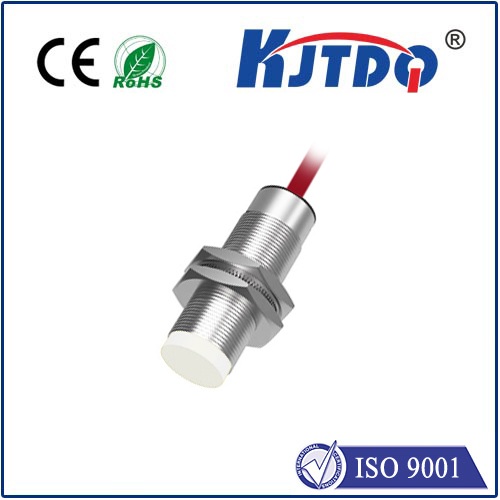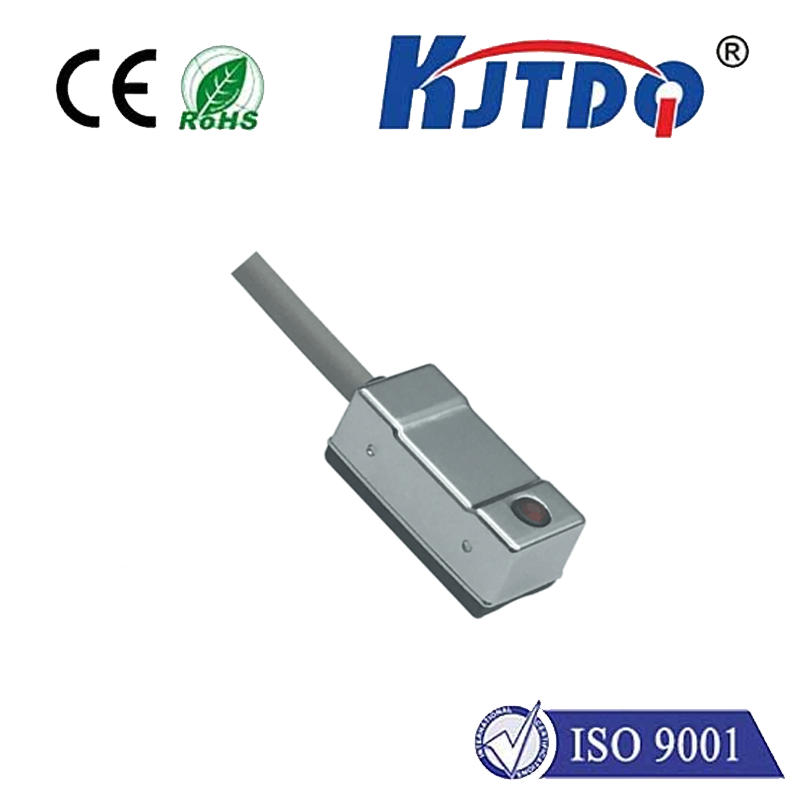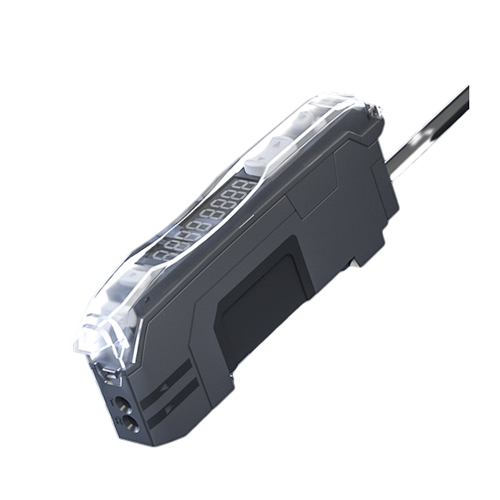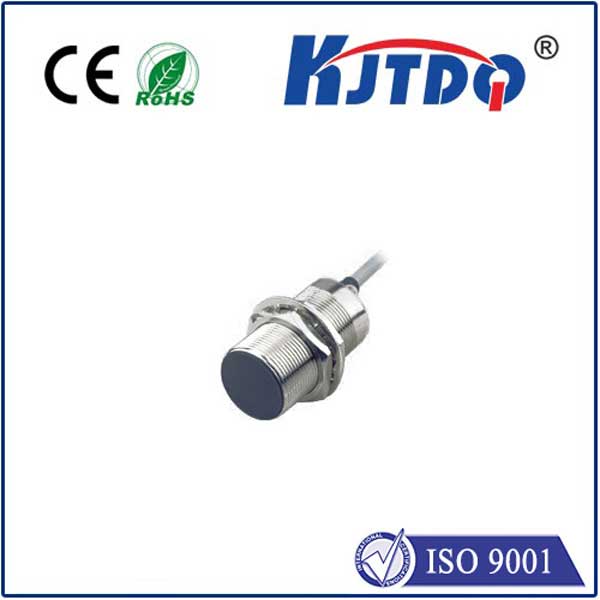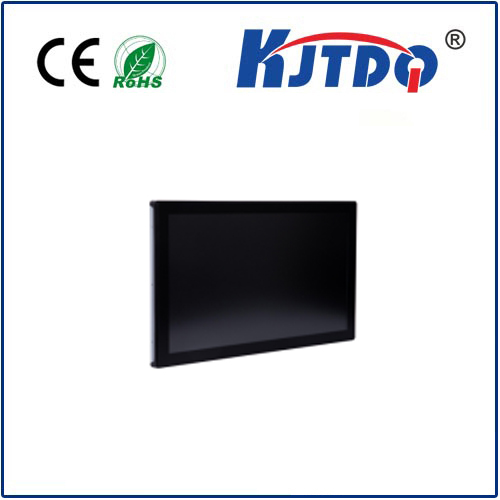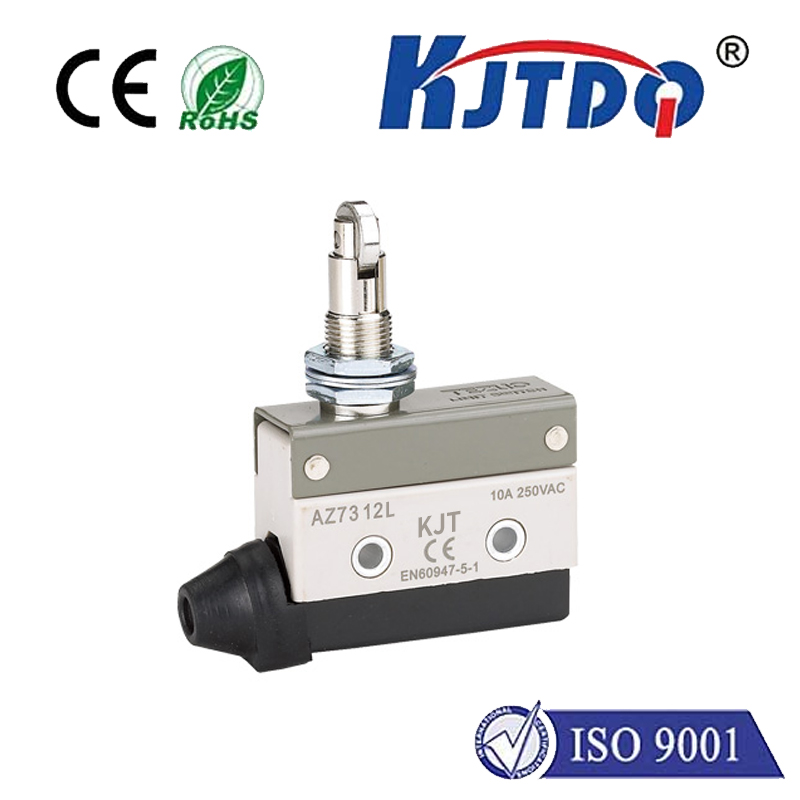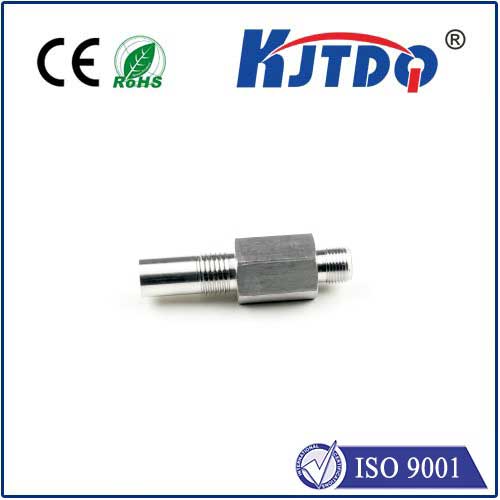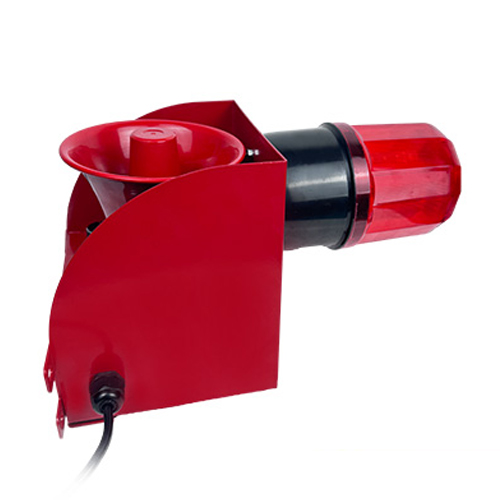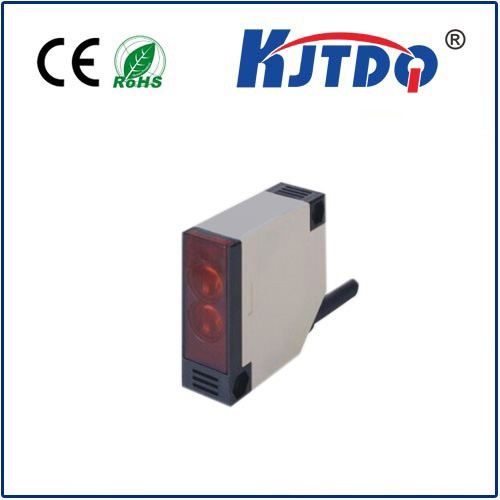optical rpm sensor
- time:2025-08-23 01:10:49
- Click:0
Optical RPM Sensors: The Non-Contact Solution for Precise Rotational Speed Measurement
Ever wondered how engineers precisely track the dizzying spin of a jet engine turbine or ensure your high-performance drone motor isn’t over-revving? Forget archaic mechanical tachometers vibrating against shafts; the modern answer often lies in a beam of light. Optical RPM sensors represent a sophisticated, non-invasive method for capturing rotational speed, becoming indispensable tools across countless industries where accuracy, reliability, and safety are paramount. Let’s delve into how these ingenious devices work and why they are the preferred choice for so many demanding speed monitoring applications.
Core Principle: Light as the Measure
At its heart, an optical RPM sensor operates on a beautifully simple non-contact principle. It functions by detecting interruptions or reflections of a focused light beam. Most commonly, an infrared (IR) light-emitting diode (LED) generates the beam, invisible to the human eye for robustness and to avoid interference. A highly sensitive photodetector, positioned strategically opposite or adjacent to the emitter, awaits the beam’s fate.
When the beam path is unobstructed, the photodetector receives a steady stream of light, registering a consistent signal level. However, when a rotating component—like a shaft, gear tooth, fan blade, or a specially applied reflective mark—passes through the beam’s path, the light is either blocked (interrupted) or reflected (deflected) back towards the source. This creates a distinct fluctuation in the signal received by the photodetector. Each interruption or distinct reflection corresponds to one event related to the rotation. By precisely counting these events over a known time interval, the sensor (or more accurately, the connected signal processing electronics) calculates the Revolutions Per Minute (RPM).
Two Primary Configurations

Optical RPM sensors primarily come in two configurations, dictated by how the light interacts with the target:
- Reflective (Proximity) Sensors: In this setup, both the emitter and detector are housed within the same unit, typically facing the same direction. The sensor shines its IR beam onto the surface of the rotating object. A specific reflective target mark (like a piece of high-contrast retro-reflective tape, a polished metallic spot, or even a painted stripe) is applied to the rotating surface. When this mark passes under the beam, it reflects a significantly stronger signal back to the detector compared to the non-reflective background. The detector registers these bright pulses. This method is ideal for applications where access is limited to only one side of the rotating element or where physical contact/attachment is impossible.
- Interruption (Slotted/Through-Beam) Sensors: This design physically separates the emitter and detector into two distinct housings, facing each other across a small gap. The rotating object (like a slotted disk, a fan blade, a gear tooth, or a shaft with a flat) passes directly through this gap. As it rotates, it alternately blocks and unblocks the light beam traveling from the emitter to the detector. Each interruption generates a distinct “low” signal pulse. This configuration often provides excellent signal strength and noise immunity due to the clear on/off state. Think of the classic “slotted optocoupler” – the fundamental building block for many DIY RPM projects using Arduino or Raspberry Pi.
Why Choose an Optical RPM Sensor?
The shift towards optical methods for speed sensing isn’t accidental. They offer compelling advantages over traditional contact methods like magnetic pickups or mechanical tachometers:
- Non-Contact Measurement: This is the most significant benefit. There is no physical wear on the sensor or the rotating component, ensuring long-term reliability and eliminating friction that could slow the target down or cause damage. It’s perfect for delicate machinery or high-speed applications.
- High Accuracy & Resolution: Capable of detecting extremely rapid changes, optical sensors provide exceptional precision, often down to fractions of an RPM, especially critical for feedback control systems.
- Versatility: They can measure the speed of virtually any rotating object, provided a suitable target (reflective mark or interruption point) can be applied or exists naturally (like fan blades). Materials (metals, plastics, composites) generally don’t matter as long as the light interaction principle works.
- Wide Speed Range: Modern optical sensors can accurately measure speeds ranging from fractions of an RPM up to hundreds of thousands of RPM, covering an incredibly broad spectrum of industrial and research needs.
- Immunity to Magnetic Fields: Unlike magnetic sensors, optical sensors are completely unaffected by electromagnetic interference (EMI) or strong magnetic fields, making them ideal for environments near motors, generators, or power electronics.
- Compact Size & Ease of Installation: Their design allows for relatively compact packaging. Installation is often straightforward, requiring only mounting and aiming at the target zone, avoiding complex mechanical linkages.
Ubiquitous Applications
The unique strengths of optical RPM sensors see them deployed in a vast array of fields:
- Automotive & Motorsport: Dynamometer testing, engine RPM monitoring, turbocharger speed (where magnetic sensors struggle with heat), wheel speed for traction control development.
- Industrial Automation & Machinery: Monitoring motor speeds, conveyor belt rollers, pumps, fans, blowers, mixers, printing press rollers – crucial for process control and predictive maintenance.
- Aerospace: Jet engine turbine monitoring (N2/N3 spools), propeller speed, auxiliary power unit (APU) monitoring.
- Consumer Electronics & Appliances: Ensuring correct fan speeds in computers, servers, HVAC units, and household appliances for cooling efficiency and noise control.
- Robotics: Precise motor control for joint actuators and wheels.
- Medical Devices: Controlling high-speed dental drills, centrifuges, and pumps.
- Hobbyist & DIY Projects (Arduino/Raspberry Pi): Building custom tachometers, analyzing motor performance in drones (quadcopters) and RC vehicles, creating speed governors or data loggers. The ease of interfacing digital pulse outputs makes them ideal for microcontrollers.
- Research & Development: Laboratory setups requiring high-fidelity speed measurement in physics, engineering, and materials science experiments.
Important Considerations & Limitations
While powerful, optical RPM sensors do have limitations to consider:
- Target Surface Dependency: Performance relies heavily on the surface finish and contrast. Reflective sensors need a clean, distinct reflective target against a non-reflective background. Interruption sensors work best with well-defined opaque targets. Dust, oil, dirt, or condensation on the lens or target can severely degrade the signal or cause failures.
- Ambient Light Interference: Although IR light helps, extremely strong ambient light (especially sunlight or specific artificial sources) can sometimes overwhelm the sensor. Proper shielding or selecting sensors with ambient light suppression circuits is crucial for outdoor use.
- Precise Alignment Required: Particularly for interruption sensors, maintaining the correct gap and alignment between the emitter and detector is essential for reliable operation. Vibration can sometimes cause misalignment.
- Requirement for a Target: A suitable target feature must exist or be added to the rotating object. This might not always be feasible.
The Pulse of Modern Rotation
From ensuring the smooth hum of your computer fan to safeguarding the critical turbines in a jet engine, optical RPM sensors provide the silent, precise, and reliable pulse of rotational information that modern technology relies upon. Their non-contact nature, high accuracy, and immunity to EMI solidify their position as the go-to solution for countless speed monitoring challenges. Whether embedded deep within industrial control systems or clipped onto a hobbyist’s drone motor, these devices translate the blur of rotation into actionable, real-time data, proving that sometimes, capturing the essence of motion












